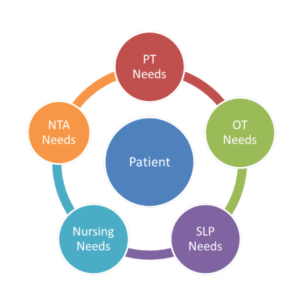BREAKING: HHS releases proposed rules for state insurance premiums, workplace wellness programs
The Department of Health and Human Services today released several more components to the overall shape of state health insurance exchanges (HIX), including proposals for how insurers calculate premiums, how a workplace wellness program should be constructed and what constitutes an “essential health benefit.”
Insurers will be permitted to use age, tobbacco use, region and family size as reasons to alter premiums, but limits on all other types of rating will even out the market, HHS suggests.
“The provision requiring a single risk pool in each market will ensure that rate increases for healthy and less healthy people will be equal over time,” the proposed rule states. “Elimination of rating based on gender will mean lower premium rates for women, and the 3:1 limit on the rates charged to older subscribers will result in lower premium rates for older subscribers without shifting significant risk to younger subscribers as would happen under pure community rating.”
Another of today’s proposed rules provides much greater detail on the proposed “essential benefits,” including greater guidance on pediatric services, dental and vision services, and habilitative services. The proposed rule also provides suggestions for employee health benefit benchmarks, which much include a minimum of the 10 benefits required by the Affordable Care Act itself.
The proposed rule on employer-based wellness programs increases the possible reward from 20 percent to 30 percent of the cost of coverage. Tobbacco-related cessation programs could be eligible for a discount of up to 50 percent. The rule also includes greater detail on how a workplace wellness program should be designed, including what constitutes successful achievement of a health-related goal.
The proposed rule comes one week after the latest report on corporate wellness programs from global human resources consulting firm Mercer. The report found that shifting even a small number of employees to a wellness program can reap substantial savings for employers, both in health coverages and in days lost to illness.
“Workforce health management, or ‘wellness,’ has emerged as employers’ top long-term strategy for controlling health spending,” the report authors wrote. “Over three-fourths of large employers (78%) say that senior leadership is supportive or very supportive of health management programs as a means of encouraging more health-conscious behavior.”

Pamela Tabar was editor-in-chief of I Advance Senior Care from 2013-2018. She has worked as a writer and editor for healthcare business media since 1998, including as News Editor of Healthcare Informatics. She has a master’s degree in journalism from Kent State University and a master’s degree in English from the University of York, England.
Related Articles
Topics: Accountable Care Organizations (ACOs) , Advocacy , Executive Leadership , Medicare/Medicaid , Regulatory Compliance










